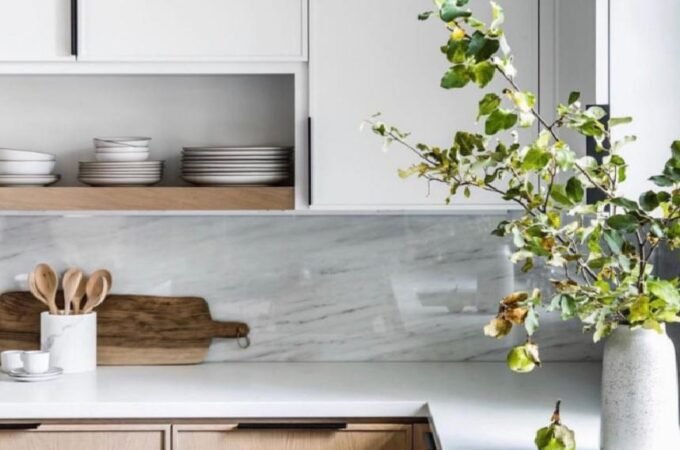
Learn to Prune Like a Pro and Make Your Garden Beautiful
Pruning is what makes the difference between your garden and a jungle. Think about it; there are trees in the jungle (which is a dumb statement, honestly) and there’s tree in your garden (it can be a proper tree or flowering trees). The difference is that you don’t go to the jungle to cut down the infected branches of every tree, but it is very much possible with your garden.
So unless you are aiming to convert your garden into a thick forest in the near future, pruning is the way to maintain and manage your garden trees. But before you take my word for it and jump straight to your garden with a pruning tool, you need to understand that pruning isn’t just about cutting branches. It may seem like a simple concept, right? You take the pruning shears and just cut the defected branch. But like most cases, it’s only simple as long as you are watching. When you have to actually do it, the process becomes a whole new, different story.
WHY SHOULD YOU PRUNE TREES?

It is crucial to know why you should prune trees in the first place. It would be preposterous to start something without understanding how it is going to affect your garden, don’t you think? Well, to ease your pessimistic nature towards “cutting trees” or branches, there is a lot more advantage than the counterpart in order to encourage pruning.
Here are some of the merits of pruning –
- It encourages flower and fruit production. Contrary to popular beliefs, pruning your flower or fruit trees will enable the trees to produce more flowers and fruits
- It keeps your trees healthy by removing the infected portion of the tree
- Pruning gives you the Veto power over the tree shape and its growth as well
- Pruning is not done only for the sole purpose of removing the defected branches. In many cases, pruning is done in order to create a more spacious space to prevent disturbance to the power transmission lines.
- Pruning not only keeps your garden and trees healthy but also make it look more beautiful and appealing
Now that you understand the benefits of pruning trees, it is vital to understand how you should go about it when you decide to do it for yourself.
PRUNE TREE LIKE A PRO WITH THESE SIMPLE TIPS

- Remember the four D’s
No, it’s not a Wrestling reference. The four D’s have their own identity, and the D’s stands for Damaged, Diseased, Dying and Died (the chronological order isn’t a priority). Any tree branch that falls under any of that category of D’s has to eliminated. It’s a cold heart deed but a good one; you do not just let a rotten fruit spoil the rest of the bunch, do you? If you want your pruning to produce the most desired results, always look for the four D’s.
- Say a Big NO to Topping Tree
In the simplest statement; topping a tree doesn’t make any sense. Why go through the trouble of keeping a tree when you’re just going to top it in the end? The fact is; if your tree has grown bigger than you planned for your garden space, you simply have the wrong tree. You can either learn to live with it by cutting down some excess branches or replacing the tree, but NEVER topping. Topping doesn’t have an inch of an advantage except for clearing out some space.
By topping a tree, you just eliminate the whole growing process of the tree irrelevant, and come to think about it; you will do the exact thing if the tree grows back again. How would you feel if someone kicked you down every time you tried to stand up and there was nothing you could do? You are basically doing the same thing to the tree by topping it.
The best step you can take is by thinning out the tree by strategically cutting some branches in order to create a more spacious and airy look to your garden. You can also cut some branches that may be disturbing the transmission lines and, voila, you have the solution without the need to top the tree.
- Follow the branch lines
This literally means following the lines of the branch. For example; cut the branch that is too much out of natural order of the branch. You don’t want your tree to grow out in every direction causing inconvenience for you as well as to others.
Before you decide on which branch to cut, make sure to study which branch is along the natural growth line. This will ensure that your branch grows stronger and also gives a more natural shape.
Also when deciding which branch to cut, you have to keep in mind that there are two types of cuts in pruning.
The first one is the “thinning cuts.” This is generally not recommended unless it is necessary (for clearing power lines). Thinning cuts involves removal of the branch at its main origin at the main trunk. This, of course, prevents the tree growth.
The second method is the “Heading cuts.” This method involves cutting the branches in order to manage tree growth. This also allows the formation of stronger branches in order to support smaller offshoots.
The method you decide to employ will depend on your needs. If you don’t want to allow future growth to the particular area of the tree, you can employ the Thinning cut method and the opposite for Heading cut method.
An exception to pruning methods

You can ignore all the basic pruning methods and techniques if your main objective is decorative pruning or espalier. In this case, you have to prune according to how you like in order to get the required shape. This doesn’t always mean following the basic pruning techniques, and you have to ignore some basic rules like following the branch line. It is, however, important to note that creating an artificial shape out of the tree requires more maintenance and much more care. Also, it is a good idea to check out guides on the best pruning shear on on Garden Tool Shed and get the best one for you.
So unless you are aiming to create your own artificial shape out of the trees, you need to follow all the basic pruning method in order to get the best results.




